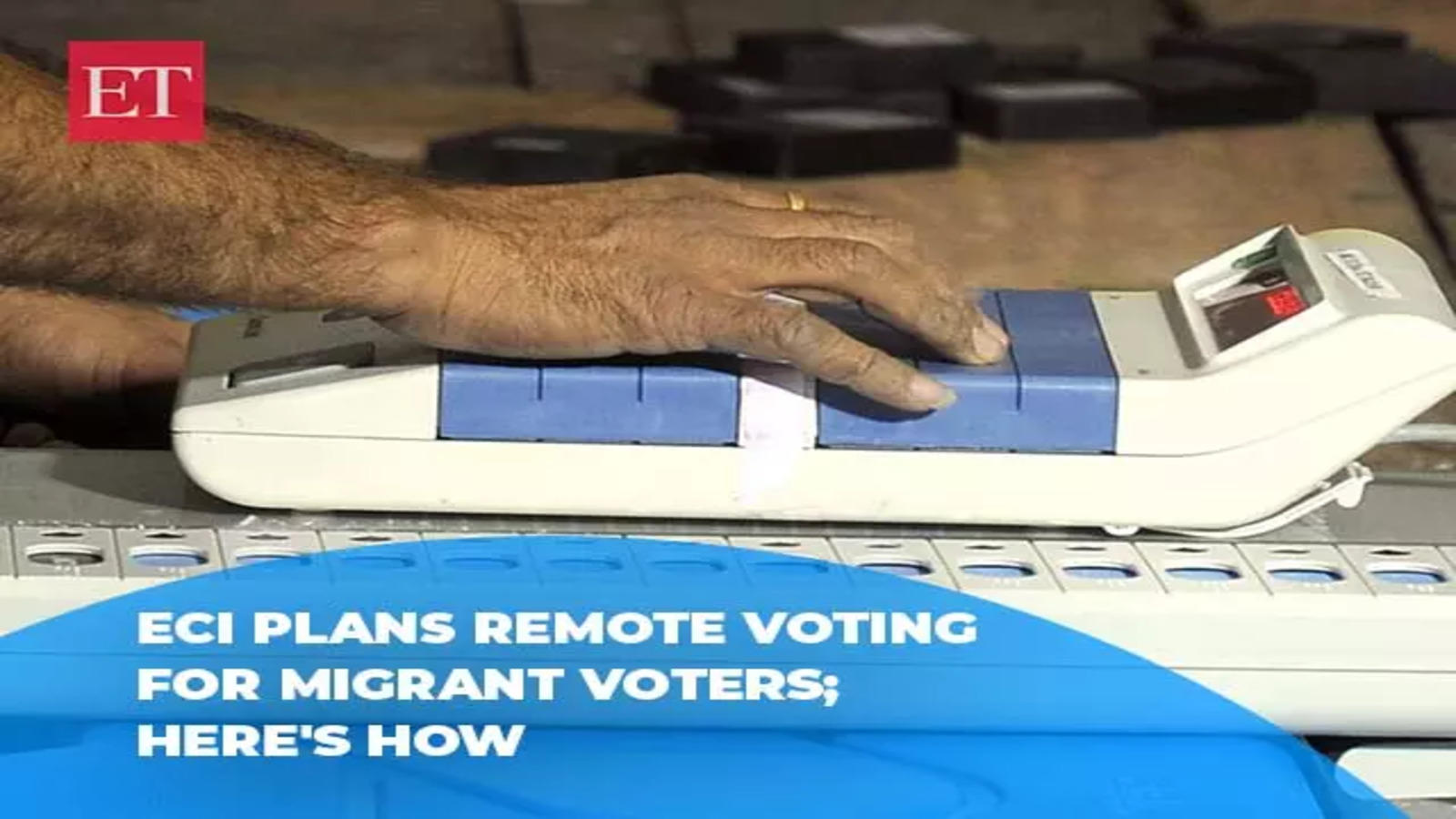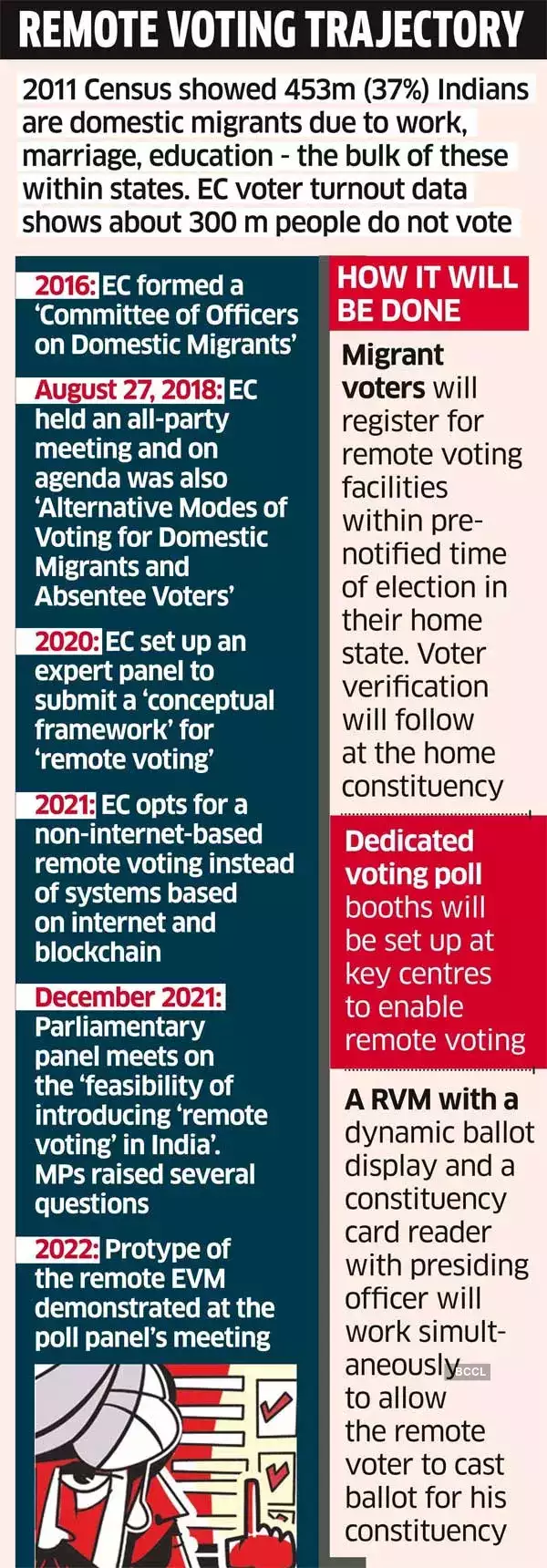Free Courses Sale ends Soon, Get It Now


Free Courses Sale ends Soon, Get It Now



Copyright infringement not intended
In News
Details
Remote Electronic Voting Machine (RVM)

Important Reforms Taken in Electoral System
Election Commission of India

Copyright infringement not intended
© 2024 iasgyan. All right reserved